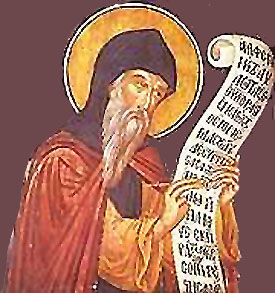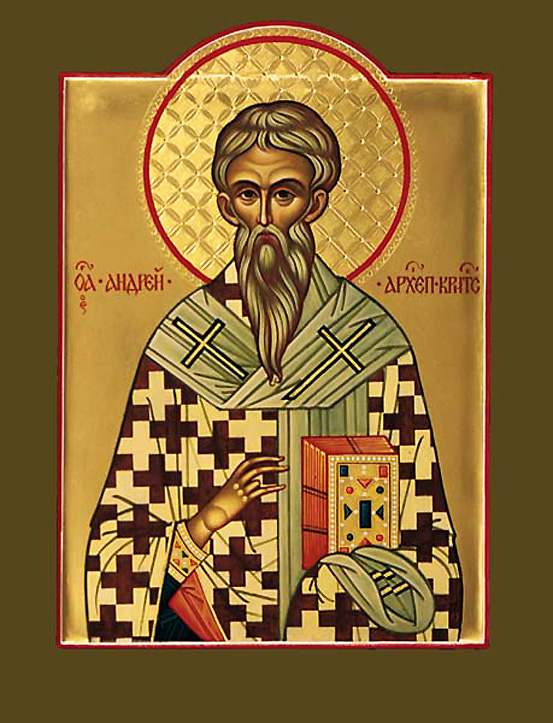Liturgical Development
Saint John of Damascus was also responsible for very significant liturgical developments in the eighth century. He wrote many liturgical hymns still sung in the Church, such as the Canon of Easter Matins, and some of the hymns sung at the Orthodox funeral service. He is considered to be the original composer of the Octoechos, the collection of hymns sung in the Church using eight different melodies, one per week on a rotating basis throughout the year (see Worship). Saint John is also the author of the first systematic treatise of Orthodox Christian doctrine, called the Complete Exposition of the Orthodox Faith. This treatise forms the third part of his trilogy, The Fount of Knowledge.

Saint Cosmas the Melodist, Bishop of Maiuma (c. 675–c. 751), Saint John of Damascus’s adopted brother and a very accomplished hymnwriter, also was active in this era. Fourteen of his canons for various feasts of the Church year were incorporated into the liturgical services of the Eastern Church.
Saint Andrew of Crete, Archbishop of of Gortyna (c. 660–740), wrote the lengthy penitential canon which is still sung in the Orthodox Church during the first week and then in the fifth week of Great Lent.

The feast of the Entrance of the Theotokos into the Temple was introduced in Constantinople. According to Saint Andrew of Crete, the feast was already being celebrated in Jerusalem as early as the sixth century. By the eighth century, it had found its place in the universal calendar of the Orthodox Church.
